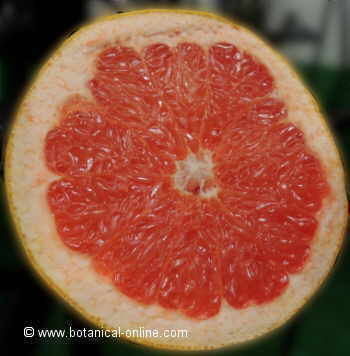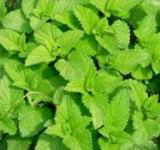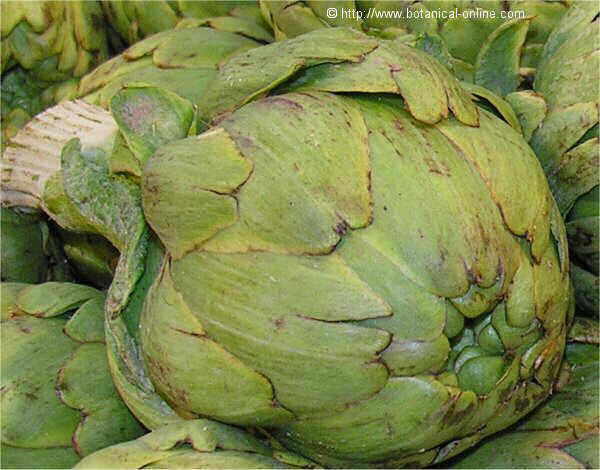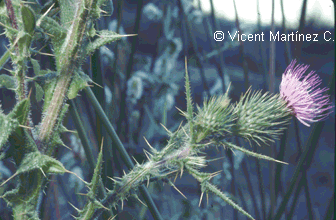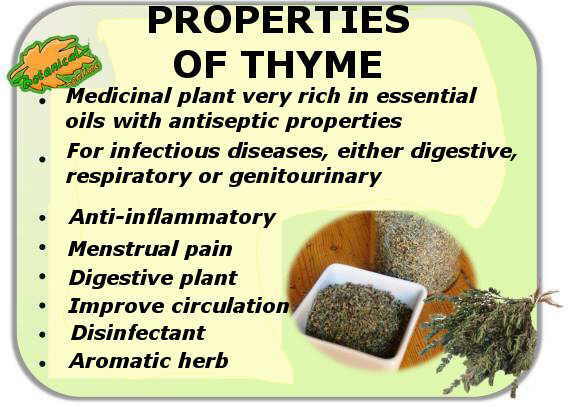What is palm oil used for?
What is palm oil?
Palm oil is a vegetable oil that is extracted from the fruit of a palm tree by mechanical extraction, solvents to increase its production and subsequent refining to be suitable for human consumption.
Both coconut oil and palm oil are extracted from the fruit of the same plant, the African oil palm (Elaeis guineensis)
The world’s leading producer is Malaysia. Other countries with a large production are Colombia or Ecuador.
Differences between coconut oil and palm oil
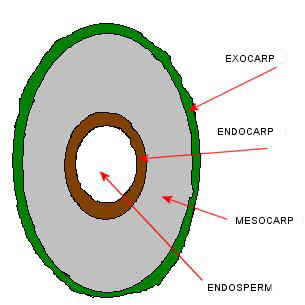
Coconut oil is extracted from the inside of the coconut, from the seed and specifically from the edible white mass (endosperm), which is surrounded by a hardened layer (endocarp).
Palm oil is extracted from the layer immediately after the bark, that is, from the mesocarp. It is an inedible fibrous layer.
Coconut oil is more saturated than palm oil since it contains up to 86% of saturated fatty acids, due to palm oil that contains up to 50% of them.
Crude palm oil and refined palm oil-Physical and chemical characteristics of palm oil
There are two types of palm oil:
- Crude palm oil: The coloration of crude palm oil is orange with slightly reddish tones. This is due to its high content of carotenes, mainly beta-carotene (provitamin A) alpha-carotene and lycopene. that is to say,. In the raw state, it is reminiscent of the color of the carrot puree. This type of palm oil is known as “red palm oil”.
coconut
Sectional drawing of a coconut showing the different parts of this fruit. - Refined palm oil. Compared to red palm oil, we have deodorized, bleached and refined palm oil. It is a type of oil that has undergone numerous refining processes to make it an oil more suitable for daily use.
The refining process involves changing the smell, color, and taste of raw palm oil. The most important change is the loss of vitamin A and other carotenes.
Beta-carotenes are removed in the refining process, along with other substances such as dust, moisture, bark residues, etc.
Unlike most plant-based oils, this one has a solid consistency at room temperature. If temperature does not rise above 35 degrees Celsius, it does not become liquid.
It has a maximum acidity of 2 degrees.
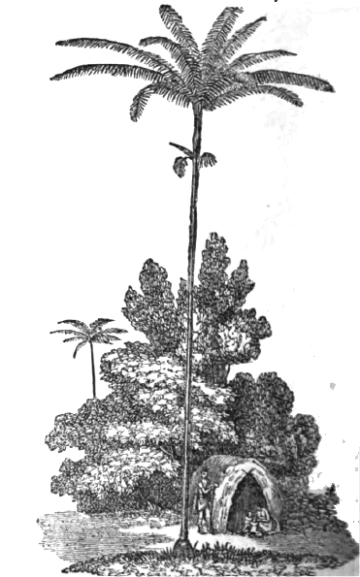
What does palm oil contain?
Its composition is mostly saturated fats, since it has a high content of palmitic acid that is around 50% levels, but it also has a high content of oleic acid, which is monounsaturated.
In a smaller proportion we find linoleic acid, omega 6 and stearic acid, which is also saturated. It practically does not contain linolenic acid, so its polyunsaturated content is very low.
(More information on the composition of palm oil)
What is palm oil used for?
Palm oil is a widely used oil worldwide, ranking second after soybean oil. It is consumed as the main food oil in Africa, Southeast Asia and Brazil. Its consumption is increasing in other parts of the world.
Among the main uses of palm oil we find the following:
Industrial uses of palm oil
It is mainly used for:
- Biodiesel manufacturing
- In the soap industry.
Food uses of palm oil
- It is used as a food oil for frying or eating raw.
- Much of the production is destined for the production of butter and margarines thanks to its solid texture, thus avoiding having to subject the product to hydrogenation processes to obtain the solid state of the processed food.
- It is widely used in pastry for these qualities and as a dye or pigment to give food coloring.
- It is also used to make animal feed.
External applications of palm oil
- Palm oil is used in the manufacture of some pharmaceutical products.
- We can find it as part of food supplements
- As a cosmetic, since it can be applied topically, as a skin moisturizer to treat problems such as dry skin, wrinkles, crow’s feet, stretch marks, etc.
- Red palm oil, due to its rich content of carotenes, helps to calm and repair inflammations or damages at the cutaneous and mucosal level. It is used in homemade or commercial preparations for the treatment of eczema, itching, etc.
- Homemade soaps can be made from this oil with the same properties.
![]() More information on palm oil and vegetable oils
More information on palm oil and vegetable oils

